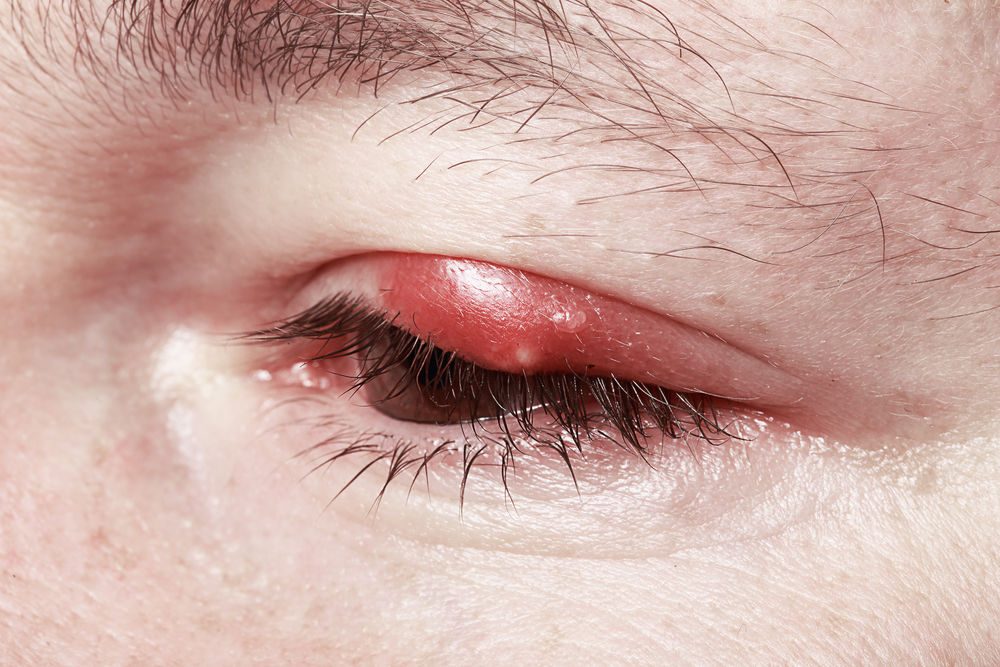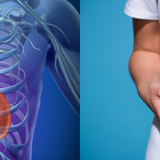

Our eyes are the first thing others tend to see of us, and are usually the first thing we see in the mirror.
Here are some conditions that affect the eyes, and can even indicate problems in other areas of the body:
- Conjunctivitis – Also known as Pink Eye, it is the inflammation of the conjunctiva, the thin membrane that covers the inside of your eyelids and the whites of the eye (sclera). The conjunctiva produces mucus to keep the eye moist and protected, resulting in increased swelling and redness. Conjunctivitis can be bacterial, viral or allergy-related and is highly contagious. To prevent, avoid touching your eyes and face, and wash hands frequently.
- Jaundice – Often the result of liver problems, jaundice is caused by too much bilirubin, a yellow chemical in hemoglobin (the substance that carries oxygen to red blood cells). Old blood cells are filtered out by the liver and, when the liver cannot keep up, bilirubin builds up in the body, turning skin and eyes yellow. To support liver health, consider supplementing with UltraThistle®. The ultimate liver protector, UltraThistle contains the highest dosage (360 mg) of the most absorbable, most biologically active form of milk thistle, silybin phytosome.
- Cataracts – Usually linked to age, cataracts are a clouding of the lens of the eye and can affect vision. The lens is the clear part of the eye that focuses light and images onto the retina. When the lens is clear, the focus is as well, but when the lens becomes cloudy, the image is distorted. Cataracts can form as a result of surgery, conditions such as diabetes or from steroid use. They also develop as a result of eye injuries and have been linked to alcohol and smoking.
- Sty (Hordeolum) – Red, tender bumps on the eyelids caused by acute infection of the oil glands in the eyelid, Hordeolum can be quite painful. These infections are bacterial and will typically clear up on their own, but may develop into a cyst. Warm compresses can be applied at home, along with over-the-counter topical medications. If the condition persists, antibiotics or steroids may be prescribed.
- Bulging Eyes – In normal eyes, there is no visible white between the top of the iris (colored part) and the upper lid. When eyes, especially one eye, protrudes out from the face it is a very serious sign that something is wrong. Typically the sign of hyperthyroidism or Grave’s disease, bulging eyes can also be the sign of glaucoma, leukemia, neuroblastoma or orbital cellulitis. This condition must be evaluated by a physician to determine if further medical care is necessary.
- Red or Brown Spots – Spots in the eyes can be a sign of skin cancer. Carcinomas typically appear as red or pink spots or bumps and tend to bleed, crust and scale over. In melanomas, the pigmented areas are usually raised or flat and brown or black. Spots that appear in the eyes should be evaluated by a physician to determine if they are malignant.
These are some serious conditions displayed in your eyes, several of which have implications for other aspects of your health. These eye symptoms should be taken seriously, treated and evaluated by a physician when necessary.
Editor’s Note: Support and protect your eyes and vision with superior nutrients found in Vision Protector.




